Navigating Tokyo Trains Like a Local: 10 Insider Tips for First-Time Visitors
Tokyo’s train system is one of the most efficient, clean, and reliable in the world. With trains arriving almost to the second and reaching every corner of the city, it’s a marvel of modern urban transport. But for first-time visitors (or even returning travelers), it can also feel overwhelming.
Not to worry — if local kids as young as six can navigate the system solo, you’ll soon get the hang of it too! To help you feel more confident, here are some essential tips — straight from the locals — to help you master Tokyo’s train network like a pro.
1. Check Signs for the Correct Exit
Each train station can have dozens of exits, and choosing the wrong one can mean an extra 10-minute walk — or worse, ending up on the wrong side of a massive intersection. Before you leave the platform, check the signs carefully. Google Maps often tells you which exit is closest to your destination — trust it.
2. Use a Suica or Pasmo Card (or App)
Avoid the hassle of buying tickets for each ride. Instead, grab a prepaid IC card like Suica or Pasmo, or download the app version if you have a compatible phone. These cards work on most trains, subways, and even buses across Tokyo. They’re also essential for smooth transfers between train systems (like JR and Keikyu), where paper tickets might not get you through certain gates.
3. Wear Your Backpack on Your Front on Crowded Trains
It’s common courtesy — and often posted in train announcements — to wear your backpack on your front or hold it by your side during rush hour. This saves space and prevents you from accidentally whacking fellow passengers in tight quarters.
3. Wear Your Backpack on Your Front on Crowded Trains
It’s common courtesy — and often posted in train announcements — to wear your backpack on your front or hold it by your side during rush hour. This saves space and prevents you from accidentally whacking fellow passengers in tight quarters.
4. Boarding During Rush Hour: Step In Backwards
Sounds strange? It works. Locals often step into the train backwards when it’s packed, using their back to gently nudge their way in without pushing. It helps fill the train more evenly and keeps the boarding process moving smoothly.
5. Go With the Flow (and Stay on the Left)
In most stations, there’s a clear flow of pedestrian traffic. Follow the arrows and signs. On escalators, stand on the left, walk on the right (unless you're in Osaka — then it’s the opposite!). Keep pace with the locals and you’ll blend right in.
6. Use Google Maps to Plan Ahead
Google Maps is surprisingly detailed in Tokyo — it tells you not just which train to take, but also which car number is best for an easy transfer or quick exit. It’s a small detail that can save you a lot of time and steps, especially with luggage or kids. Our useful links page also has a lot of other great transport apps that could be useful.
7. Keep Quiet and Respect Train Etiquette
Tokyo trains are very quiet, even when full. Locals don’t chat loudly, and phone calls are discouraged. You’ll also rarely see anyone eating or drinking (except maybe a sip of water or coffee). Follow this lead to show respect and enjoy the calm.
8. Offer Your Seat to Those Who Need It
Even if you’re not in a designated "priority seat," it's kind to offer your spot to elderly passengers, people with disabilities, or pregnant women. They might politely decline, but the gesture is appreciated. And if you are in a priority seat, don’t pretend to sleep like that one salaryman everyone side-eyes.
9. Let People Off Before You Get On
Always stand to the side of the doors and wait until passengers have exited the train before you enter. It keeps things moving smoothly and is considered basic good manners.
10. Don’t Stare, and You Won’t Be Stared At
Curiosity is natural, but in Japan, eye contact with strangers is minimal. If you respect people’s personal space and don’t gawk, you’ll be left alone to enjoy your ride — and maybe even a rare seat!
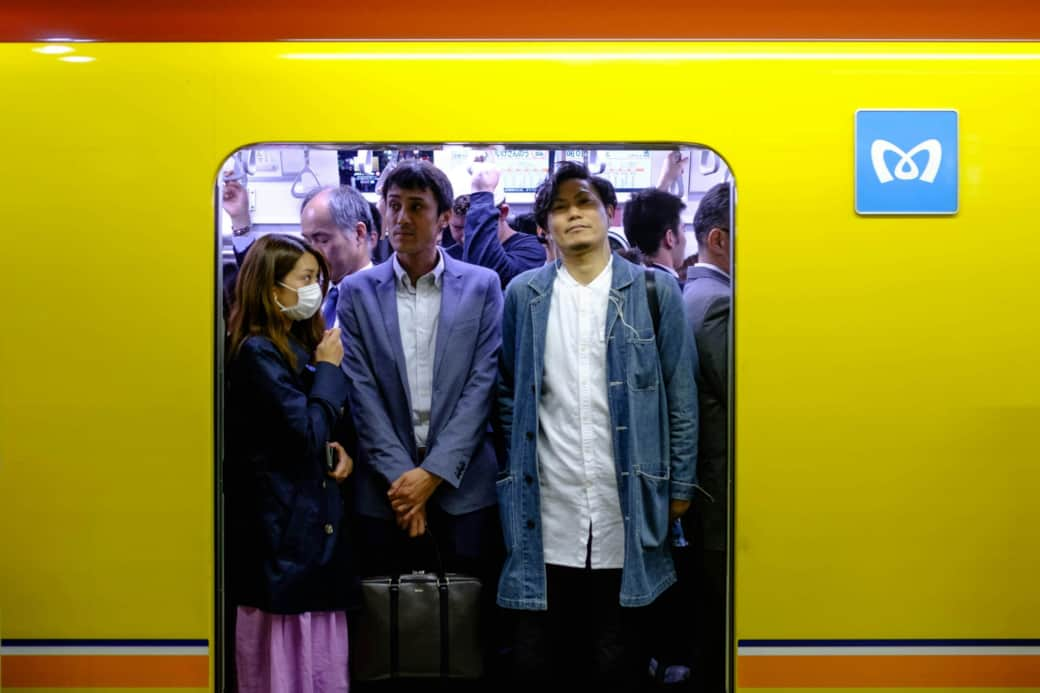

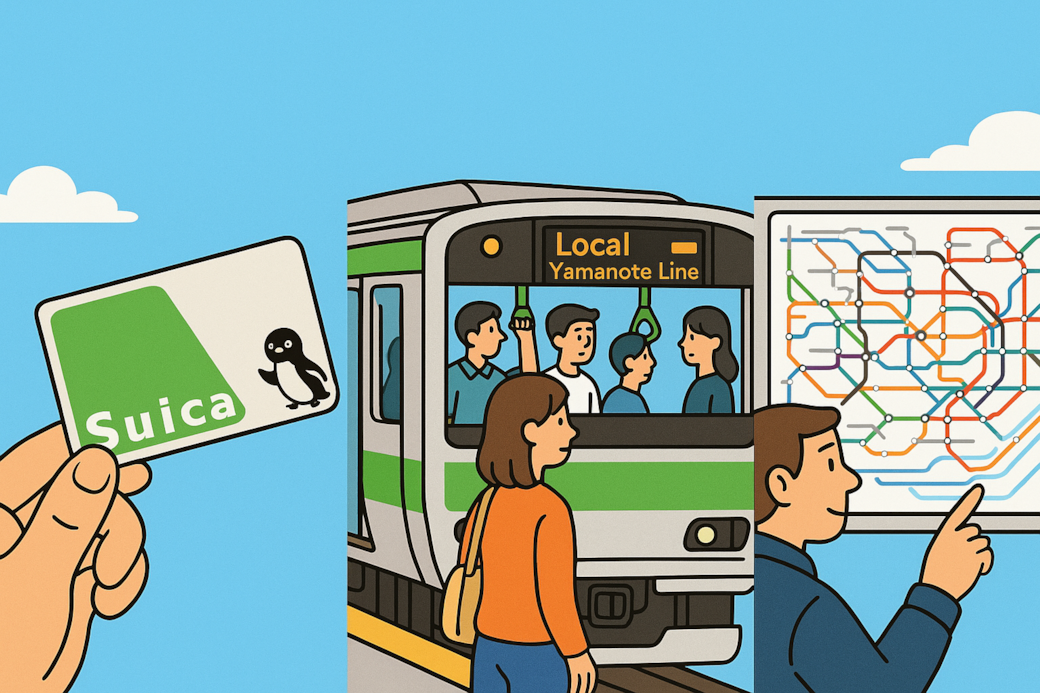
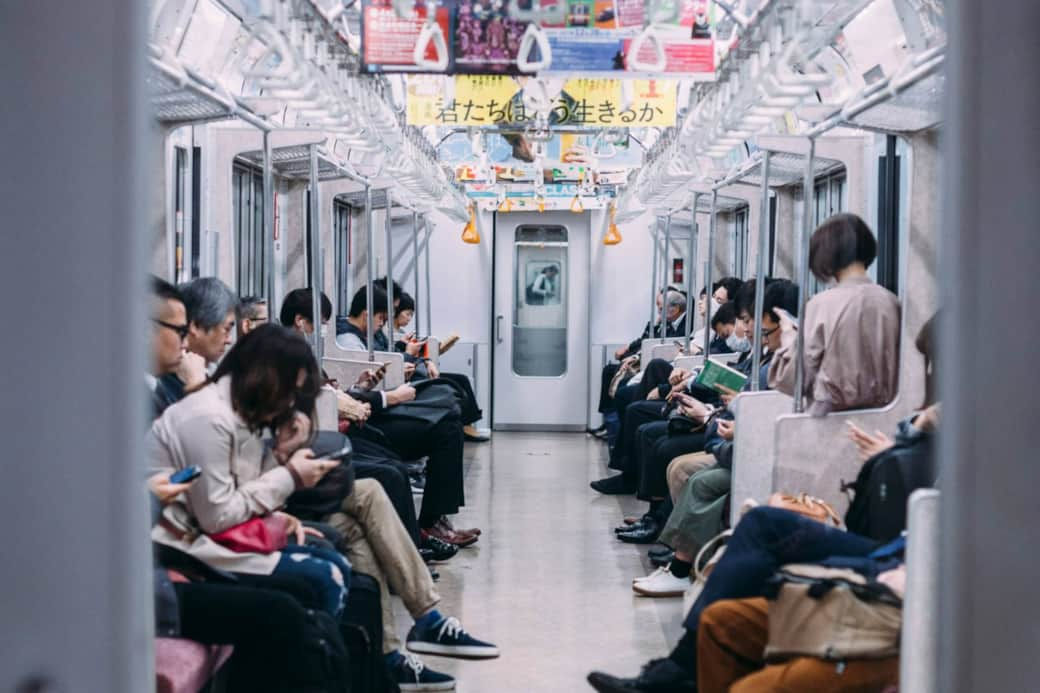
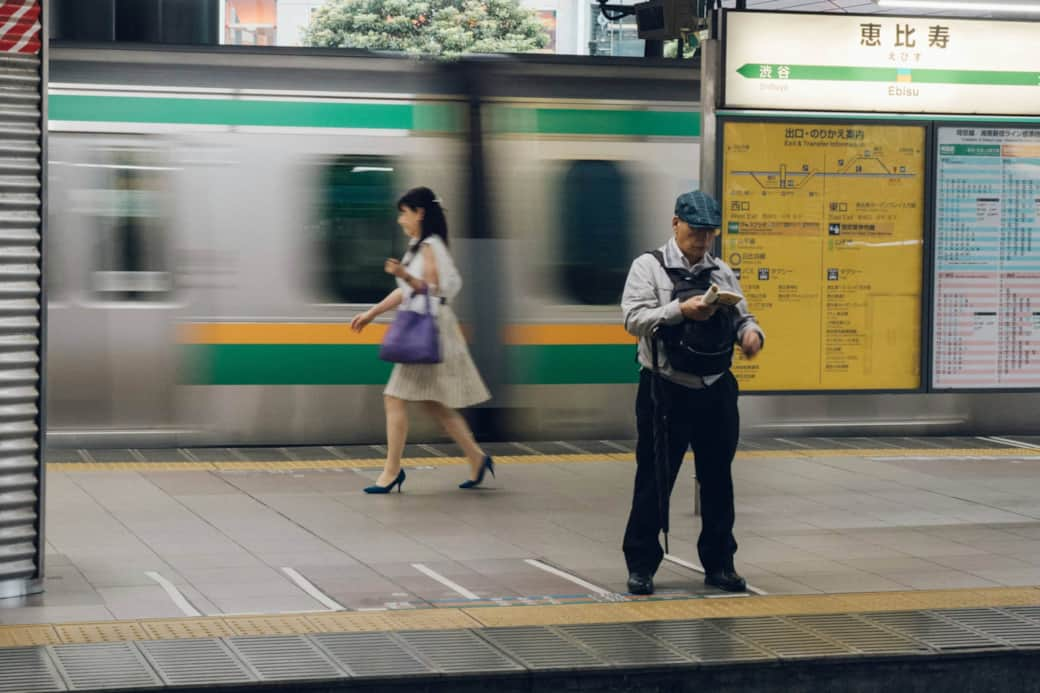
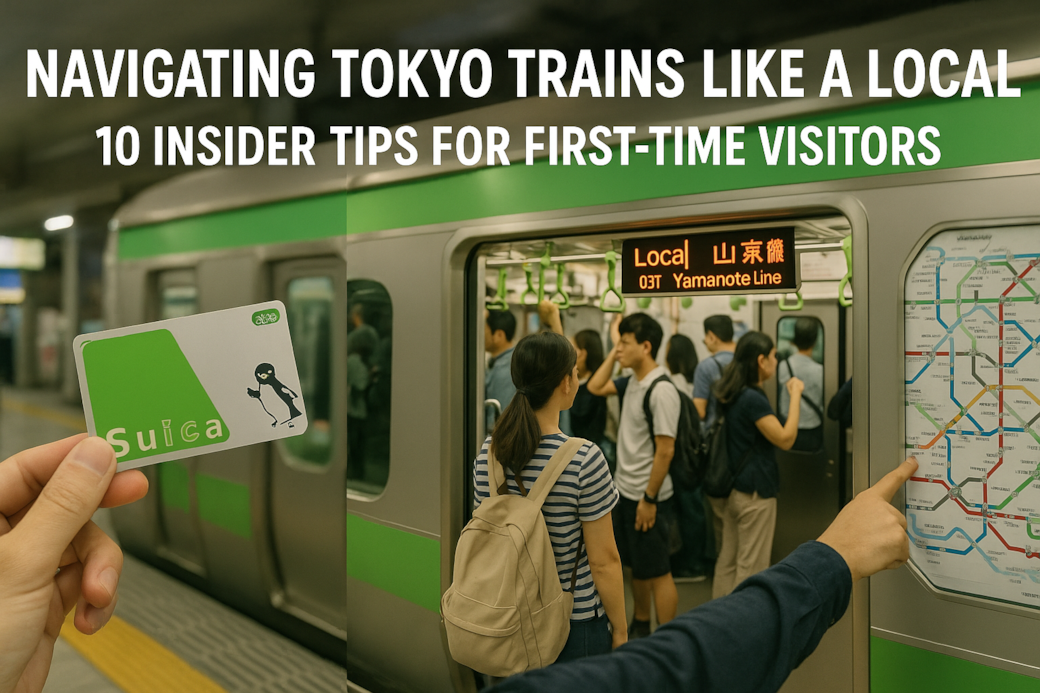
Bonus Tip: Traveling with Kids? No Problem
Tokyo is incredibly kid-friendly when it comes to public transport. Children under 6 ride for free, and more and more train stations have elevators, changing tables, and clear signage in English. Just keep your little ones close, especially on busy platforms. If you have a stroller, some carriages have special place for them or wheelchairs, usually in the first or last carriage which generally are less crowded than other carriages.
Bonus Tip 2: Need to store luggage?
Tokyo is an incredible city to explore, full of vibrant neighborhoods, culture, and cuisine—but navigating its busy stations and narrow streets with luggage can be a real challenge. That’s where Radical Storage comes in, offering convenient and secure luggage storage locations across the city so you can roam hands-free.

